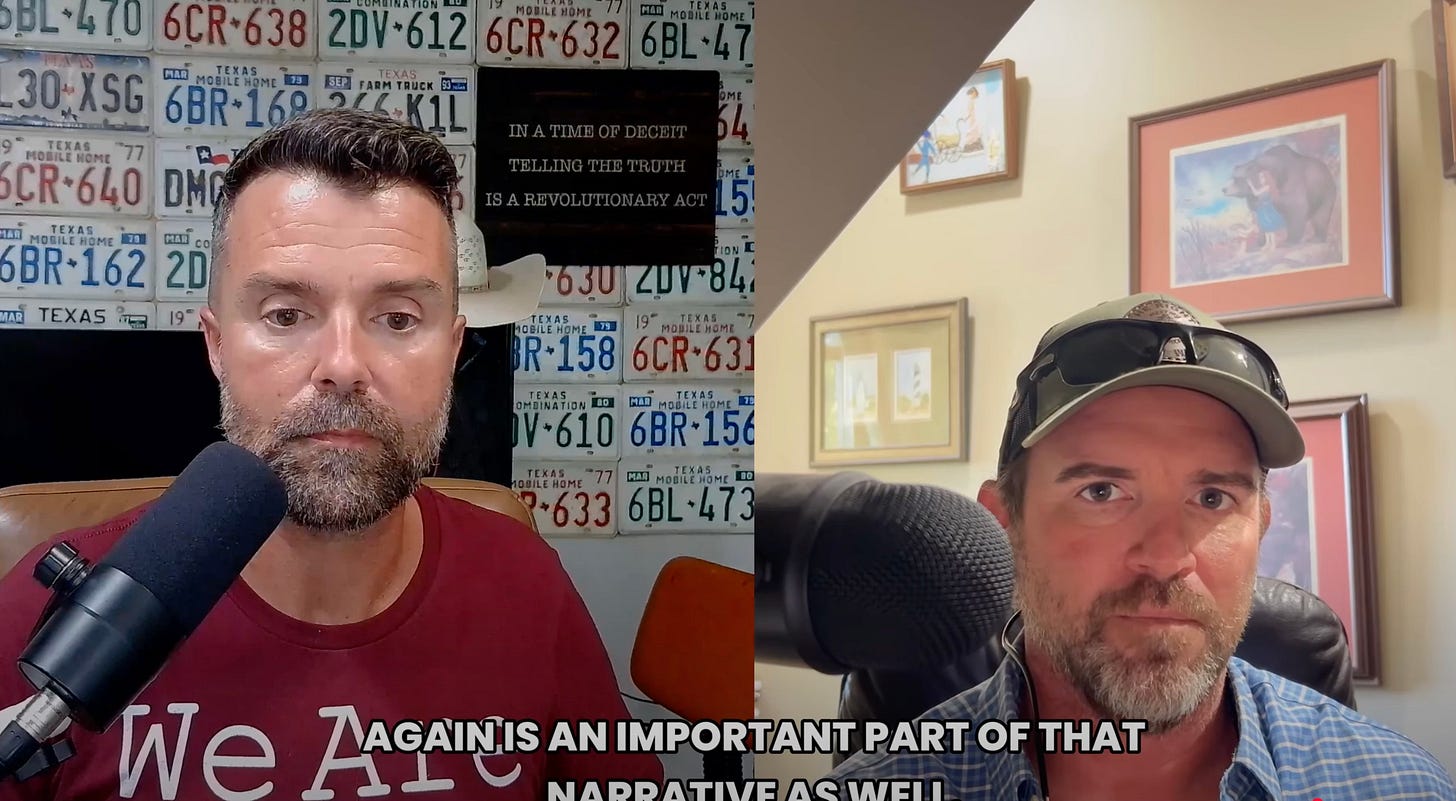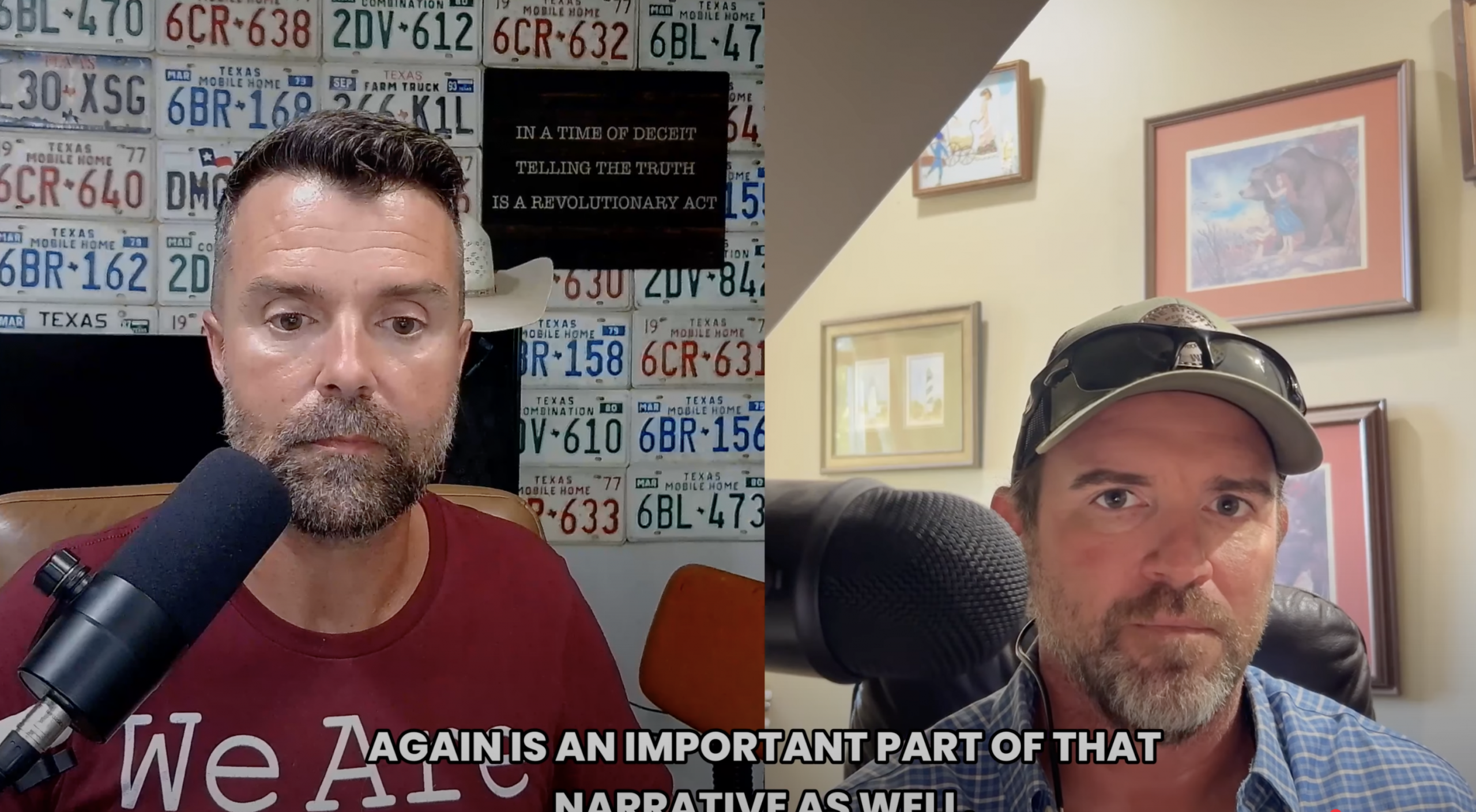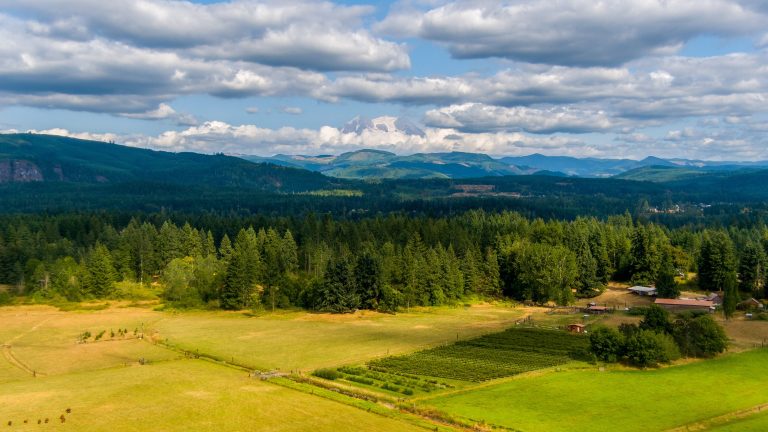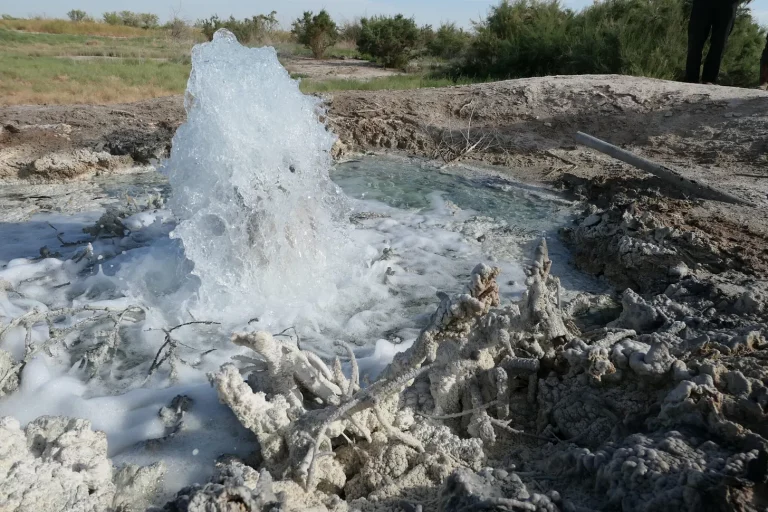Yanasa TV News
On a podcast cross-over, Yanasa TV’s Charlie warns that an eye-popping fine against an elderly hay farmer isn’t an isolated mistake—it’s a template.
When the Fearless Podcast invited Charlie of Yanasa TV on to talk about an elderly hay farmer in Washington State, the story sounded small at first: a man, a field, 20 days of summer irrigation. But as Charlie laid out the details, the case read like a dossier on a broader playbook—bureaucratic rulemaking, punitive fines, and property liens that, taken together, can pry legacy land away from people least able to fight back.

“They gave an 85-year-old hay farmer a $100,000 fine and then placed a lien on his property—for watering his field for about 20 days,” Charlie said. “That land is worthless without water rights. Whether intentional or not, it looks like a land grab.”
The man at the center
The farmer—Harold Grafe, 85—has worked the same ground since his father bought it in the 1950s. Like many Western families, his water use dates to an era when records were paper-thin and agencies were looser about paperwork. Washington’s permit regime reaches back to 1917, Charlie noted, but record-keeping hasn’t always kept pace. This year, the state sued tens of thousands of water users in a single county to force them to “prove” rights many believed were already recognized.
Grafe tried to transfer water rights between parcels; something in the file was “missing.” Then came the citation: $100,000—a figure Charlie says towers over the $5,000 to $23,000 fines he’s seen elsewhere. With the lien attached, the penalty doesn’t just sting. It threatens the title.
“How many years of cutting hay does it take to pay a $100,000 fine?” the podcast host asked. “He doesn’t even have water now.”
Paperwork as a weapon
The podcast conversation kept returning to the same fault line: complexity. Over decades, rule on top of rule has made compliance a specialized craft. Corporations and agencies employ teams who speak that language. An 85-year-old rancher does not.
“They’ve raised fines to levels that guarantee confiscation,” Charlie said. “The law may be on the agency’s side, but that doesn’t make it equitable.”
The host called it what it looks like to ordinary people: “a pay-to-play scheme built on bureaucracy,” where the burden shifts from the state proving you don’t have a right to the citizen proving that you do—often with records no one can produce.
Why this story hits a nerve
Charlie and the host stitched Grafe’s case into a wider tapestry:
- Mass water adjudications that drag in tens of thousands of residents at once, many of them older farmers unlikely to navigate hearings and filings without help.
- Transmission corridors and “green grid” builds that lean on eminent domain, even when federal backing softens. “The dynamics changed, but it’s still happening,” Charlie said—just financed differently.
- Water-hungry growth—AI data centers, metro expansions, and new reservoirs—that redirects supply away from long-standing agricultural users. “Farms are being sold just for their water rights,” Charlie added.
The upshot: the market pressure on land intensifies precisely as regulatory pressure renders small producers least resilient. “We’re headed into one of the largest intergenerational land transfers in U.S. history,” Charlie said. “If rules tilt the table, who ends up with the deed?”
Food, choice, and the bottleneck no one sees
A parallel thread ran through the interview: market access. Even when farmers can grow, they often can’t legally sellwhat they produce without clearing high regulatory hurdles. Micro-processors take years to permit. Custom processors can’t always serve retail markets. Meanwhile, consumers—burned by price spikes and recalls—want to buy closer to home.
“Open the door a crack,” Charlie argued. “Deregulate the micro-side just enough to keep food safe, and you unlock supply, stabilize prices, and keep small farms in business.”
That, the host suggested, is what makes the Grafe case feel like more than water paperwork. It’s one more stressor in a long chain that pushes producers out and consolidates control.
What accountability might look like
The podcast wasn’t just venting. It was a call to action—especially for Washington residents.
- Tell the story. “He had a few moments on local news and that was it,” Charlie said. “Awareness matters. It changes outcomes.”
- Press legislators for mediation and proportionality. Create an elder mediation track for legacy water users; cap fines relative to the alleged use and the producer’s scale; require proof burdens that don’t presume guilt.
- Demand right-sized regulation for small processors and direct-to-consumer sales to keep local food viable.
- Ask agencies to show their work. When fines exceed norms, who set the number, and why? What alternatives to seizure were considered?
Recent public pushback has worked elsewhere, Charlie noted. In Oregon, vocal opposition to rules that would have kneecapped small dairies and farm stands triggered a rethink. The same pressure, he believes, could force Washington to choose equity over extraction.
The human scale
For all the policy talk, the podcast kept circling back to the image of one man in coveralls, doing what he’s done for decades.
“He’s a national treasure,” the host said. “He’s not asking for a handout. He just wants to cut hay.”
It’s not romanticism; it’s a measure. If a modern system can’t accommodate an octogenarian keeping a small piece of his family’s ground productive—if the only tool it offers is a six-figure hammer—then the system is out of calibration.
What’s at stake
Water is life in the West, and rights are currency. But food is life everywhere. The case of Harold Grafe sits where those truths meet. If rules meant to protect public resources become mechanisms of dispossession, the public loses twice—first in trust, then in food security.
“At minimum,” Charlie said, “leave farmers alone long enough for them to do what they know how to do.”
Until then, the rallying cry is simple enough to fit on a sign—and big enough to organize a community:
Let the hay farmer farm.









